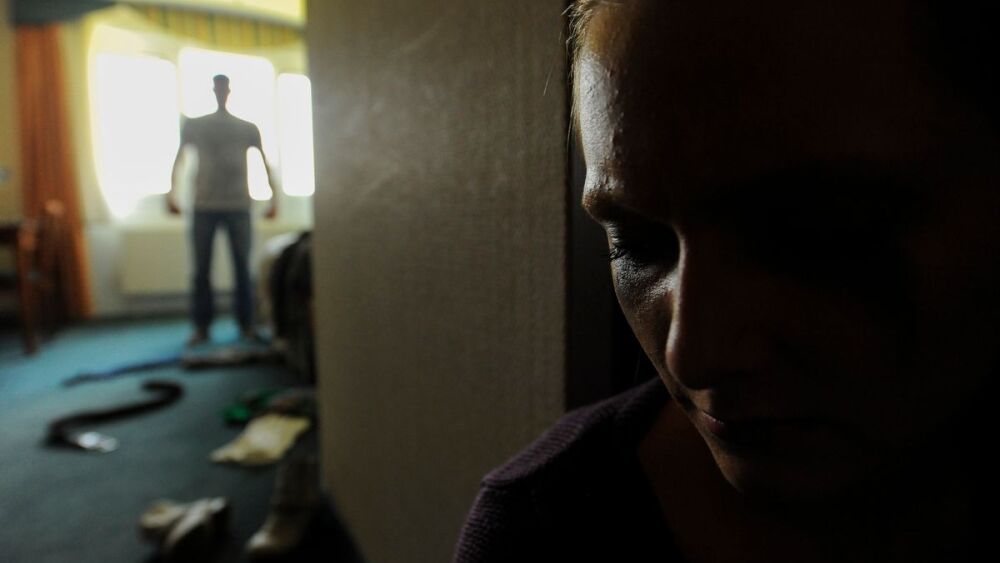A woman is found dead, hanging by a ligature in her closet and discovered by her husband who appears heartbroken and grieving. You cut her down and confirm there is no pulse. By all accounts, the scene looks like a suicide. You call it as such and summon the coroner. Right?
Now consider that the husband (who found his wife hanging) had a documented history of domestic violence against his now-deceased wife. Would you ask more questions? Would you look for more witnesses or evidence of foul play? Would you secure the scene and call out investigators? Would you go so far as to suggest a possible homicide? Or is this going too far?
In their article, “The Perfect Murder: An Exploratory Study of Staged Murder Scenes and Concealed Femicide,” researchers Yifat Bitton and Hava Dayan take us through some of the variables that point to staged suicide scenes. [1] These variables, when present, give us reasonable cause to consider protecting scenes, like the one above, for a more thorough investigation. The authors provide interesting details about this topic:
- The most common victim-offender relationship involving homicide scene staging is an intimate partner relationship.
- The most staged homicide scenes involve the killing of an intimate partner.
In summarizing the data, Bitton and Dayan point to six predictive factors, that when present, suggest foul play:
- A premature death when the deceased was in apparent good health.
- Death by suicide.
- Evidence that one of the partners wished to terminate the relationship.
- Prior domestic violence on the part of the deceased’s partner.
- The deceased was found dead in her home.
- The deceased was found dead by her current or previous partner.
In her 2020 Psychology Today article, Joni E Johnston Psy.D., reminds us that when someone calls 911 and reports a suicide, “It’s easy to take that at face value. No matter how much an officer is trained to treat any sudden and unexpected death as a homicide until proven otherwise, we are all influenced by what we are first told about an event.
“When officers get to the scene, they not only find what initially looks like a genuine suicide, they have to deal with the seemingly shocked and devastated person who just discovered their loved one hanging on a rope or dead from a shotgun blast. It can be difficult – and seem unnecessarily harsh – to treat the situation as a crime scene and the loved one as a suspect. On top of this, if the person who finds the body is the actual killer (as often, although not always is the case), they have a great opportunity to plant additional seeds of a suicide in the officers’ minds.” [2]
Joni points to the 1985 strangulation death of Meg Purk, which was determined at the time to be a suicide. But in 2015, after the case was re-investigated, a jury convicted Meg’s husband of her murder. [3]
The Alliance for Hope International has been looking into these types of cases for years. They have a team of experts dedicated to re-investigating suspicious, domestic violence-related suicides. Most of these cases involve death by strangulation. Take, for example, the case of Stacy Feldman, which was featured on Dateline. [4] In March 2015, Stacy’s husband, Robert, called 911, reporting that he found Stacy unresponsive in the shower. She was pronounced dead at the scene. In June 2015, Robert was paid $750,000 from a life insurance policy on Stacy.
It wasn’t until 2017, when Dr. Bill Smock – part of the review team for the Alliance and an expert in strangulation – reviewed Stacy’s case and various photographs. He testified that Stacy died due to asphyxia and/or suffocation and that her injuries were the result of an assault including blunt force trauma, strangulation and suffocation. In April 2022, after deliberating for less than three hours, Robert was convicted of first-degree murder. You can be sure that the Alliance has many more examples.
In reviewing the literature, and as a result of their work in this area, the Alliance added four factors to the six listed above by Bitton and Dayan that can predict domestic violence-related staged suicide scenes:
- A prior history of domestic violence that includes strangulation/suffocation.
- The deceased’s partner was the last to see her/him alive.
- The surviving partner had control of the crime scene.
- The body had been moved or the scene/evidence had been altered in some way.
The bottom line
When responding to a suicide call for service, take the time to check for any history of domestic violence, and review the predictive factors above. To learn more, consider registering for training courses conducted by the Training Institute on Strangulation Prevention.
When cases like this arise, take pause and consider protecting the scene and calling out investigators. Most importantly, stay safe out there.
References
1. Bitton Y, Dayan H. (2019). The Perfect Murder: An Exploratory Study of Staged Murder Scenes and Concealed Femicide. Oxford University Press on behalf of the Center for Crime and Justice Studies.
2. Johnston JE. (Oct. 29, 2020.) When ‘Suicide’ Is Really Murder. Psychology Today.
3. Van Sambeck B. (Jan. 31, 2021.) Man Who Murdered Pregnant Wife And Staged Her Suicide Caught After Exhumation. Oxygen.
4. NBC4. (Sep. 30, 2022.) Death of Denver mother Stacy Feldman on ‘Dateline’.



